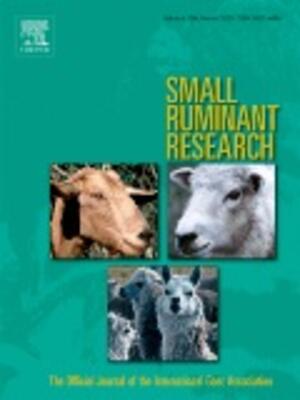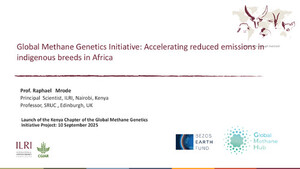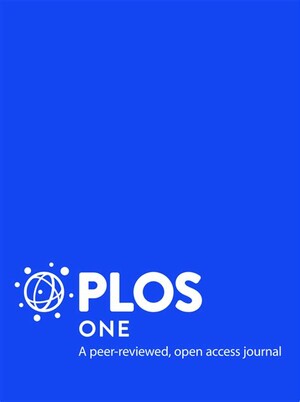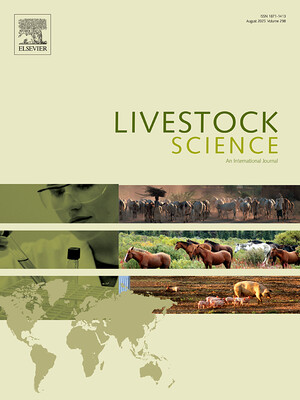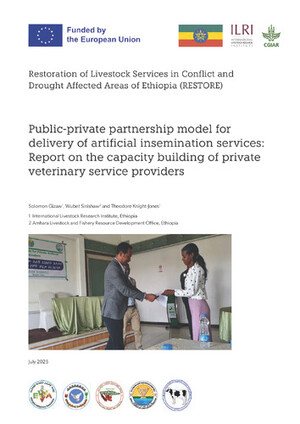
Multivariate analysis of morphometric traits to differentiate the indigenous chicken reared under different Agro-ecologies of Ethiopia
Abstract
This is to differentiate indigenous chickens at different agro-ecologies based on morphometric traits using multivariate analysis. Morphometric data were collected from a total of 520 (130 male and 390 female) adult indigenous chickens. Traits scored were body weight, body length, breast circumference, wingspan, shank length, shank circumference, comb length, wattle length, earlobe length and beak length. Ten quantitative traits for both sexes were subjected to the stepwise discriminant analysis, of which four (wingspan, live body weight, shank circumference, and body length) in females and two of them (shank length, and wingspan) in males were identified as the best discriminating variables. CAN1 and CAN2 were extracted with 61.5% and 38.6% of the total variation in females, respectively and CAN1 (89.3%) and CAN2 (10. 7%) of the total variation in parameters of male chicken populations. The higher classification rates were obtained in highland agroecology for female (64.7%) and midland for male (89.8%) chickens. Cross-validation with split–sample indicated that 62.7% (highland), 39% (lowland) and 59.3% (midland) success rate. The longest pairwise Mahalanobis distance was observed between midland and highland in male chickens and between lowland and highland in females, whereas the
shortest distance was observed between lowland and highland in male and female chicken populations. The variations obtained in chickens of different agro-ecologies and sexes are considered as opportunities for genetic improvement of indigenous chicken genetic resources, because significantly related parameters could be used as selection criterion for improving body weight of Ethiopian indigenous chickens under small scale farmers.
Citation
Bekele, B., Melesse, A., Esatu, W. and Dessie, T. 2022. Multivariate analysis of morphometric traits to differentiate the indigenous chicken reared under different Agro-ecologies of Ethiopia. Veterinary Integrative Sciences 20(3):775–791.





